Imagine a world where machines can see, speak, and even dream—where computers solve puzzles, write poetry, and help doctors discover cures. This isn’t the script of a futuristic film, but the reality we live in today, thanks to the brilliant minds who dared to ask: “Can machines think?” The journey of artificial intelligence (AI) is a thrilling saga of visionaries who challenged what it means to be intelligent. Their work not only changed technology but reshaped how humanity understands itself. Let’s step into the extraordinary lives and discoveries of the founding fathers of AI—the trailblazers who taught machines to think and inspired generations to come.
Alan Turing: The Visionary Who Asked If Machines Can Think
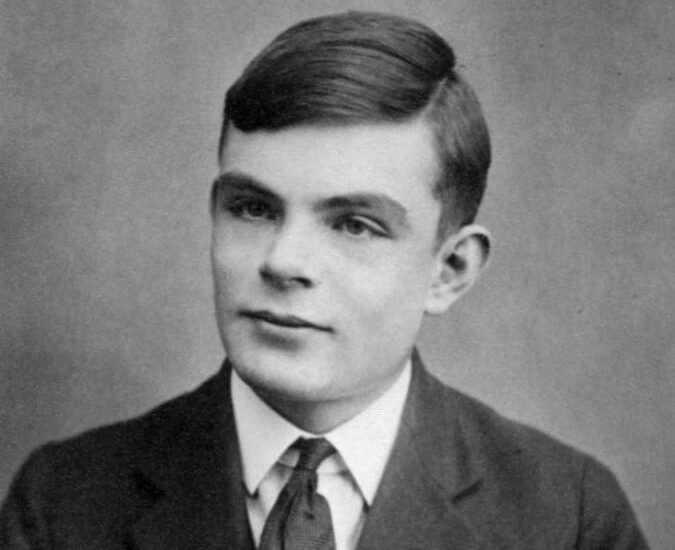
Alan Turing is often seen as the father of computer science and artificial intelligence. In the 1940s, he boldly questioned whether machines could imitate human intelligence, a radical idea at the time. His famous Turing Test, proposed in 1950, gave the world a simple but powerful way to ask if a machine could fool a person into believing it was human. Turing’s insights paved the way for the idea that intelligence wasn’t just a human trait, but a process that could potentially be replicated in circuits and code. His work during World War II, breaking the Enigma code, showed that machines could be more than calculators—they could be problem-solvers and partners in the most critical moments in history. Even today, the Turing Test remains a symbol of AI’s ultimate challenge and promise.
John McCarthy: The “Father of AI” Who Gave the Field Its Name
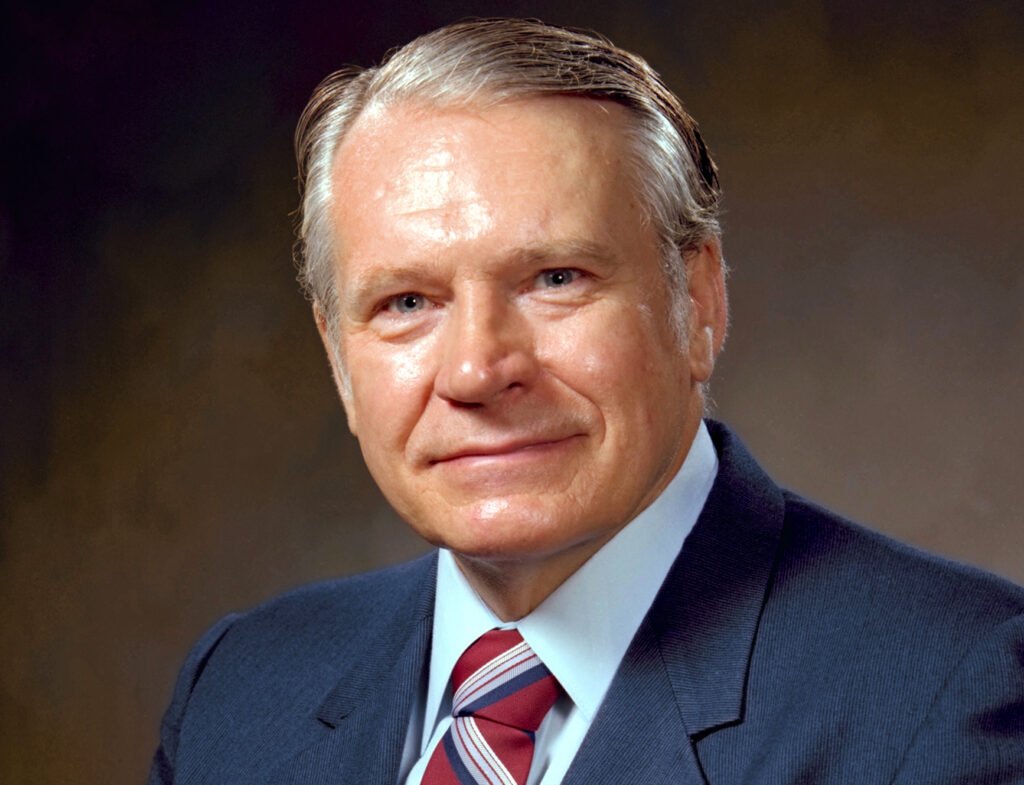
John McCarthy, often called the “Father of AI,” coined the term “artificial intelligence” in 1955. He organized the famous Dartmouth Conference in 1956, a gathering that marked the official birth of AI as a scientific discipline. McCarthy’s dream was to create machines that could reason, solve problems, and learn like humans. He invented the programming language LISP, which became the backbone for early AI research and is still used in some AI systems today. McCarthy’s belief that “every aspect of learning or any other feature of intelligence can in principle be so precisely described that a machine can be made to simulate it” set a bold tone for the entire field. His curiosity and optimism inspired generations of researchers to think bigger and push further.
Marvin Minsky: The Architect of Machine Minds
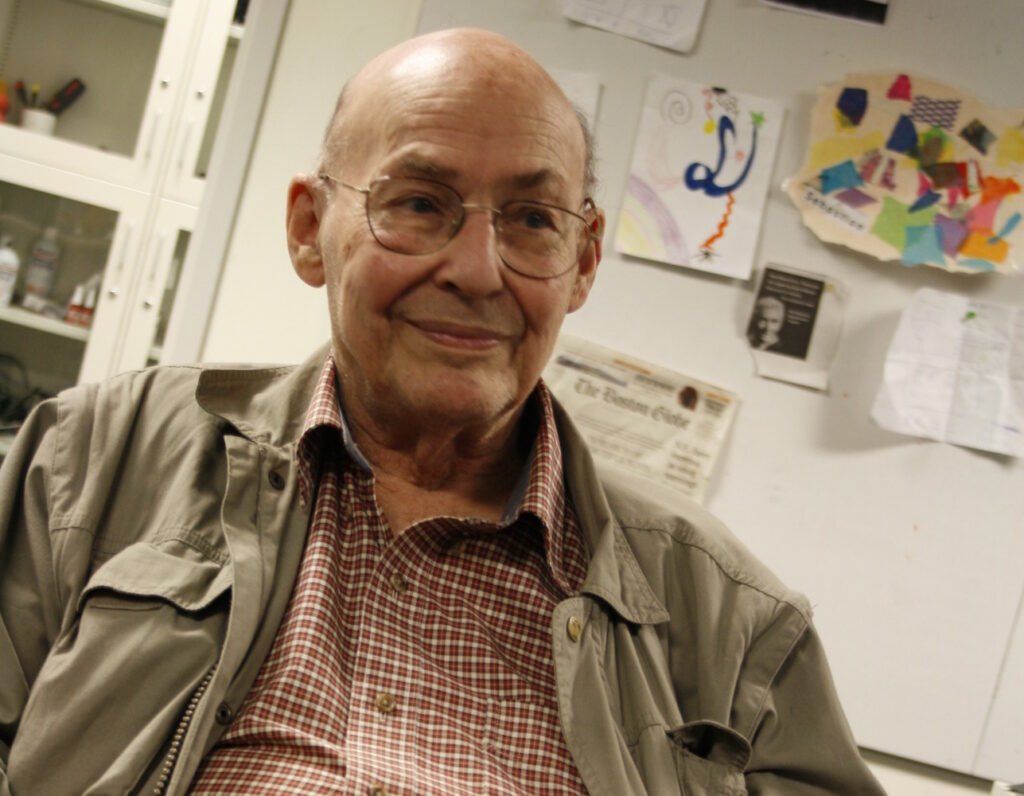
Marvin Minsky, a co-founder of MIT’s Artificial Intelligence Laboratory, was fascinated by the mechanics of thinking. He saw the brain as a machine that could be understood and modeled, and he set out to build machines that could mimic its workings. Minsky’s groundbreaking work on neural networks in the 1950s and his later “Society of Mind” theory suggested that intelligence arises from the interaction of simple, mindless agents. He believed that machines could someday possess common sense and creativity, much like humans. Minsky was also a mentor, inspiring countless students to approach AI with imagination and skepticism. He once said, “You don’t understand anything until you learn it more than one way,” a motto that echoes in the diverse approaches to AI research today.
Allen Newell and Herbert A. Simon: The Dynamic Duo of Cognitive Simulation
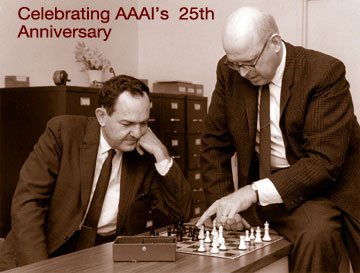
Allen Newell and Herbert A. Simon were pioneers in simulating human thought processes on computers. Together, they developed the Logic Theorist, the first program to prove mathematical theorems, in 1955. Their later creation, the General Problem Solver, aimed to mimic the way humans tackle a wide range of problems. Newell and Simon saw computers as tools for testing theories of the mind, blending psychology, mathematics, and computer science. Their work introduced the concept of “heuristics”—rules of thumb that people (and now machines) use to make decisions. In 1975, Simon won the Nobel Prize in Economics for his insights into human decision-making, showing how AI and cognitive science are deeply intertwined.
Claude Shannon: The Genius Who Made Information Intelligent
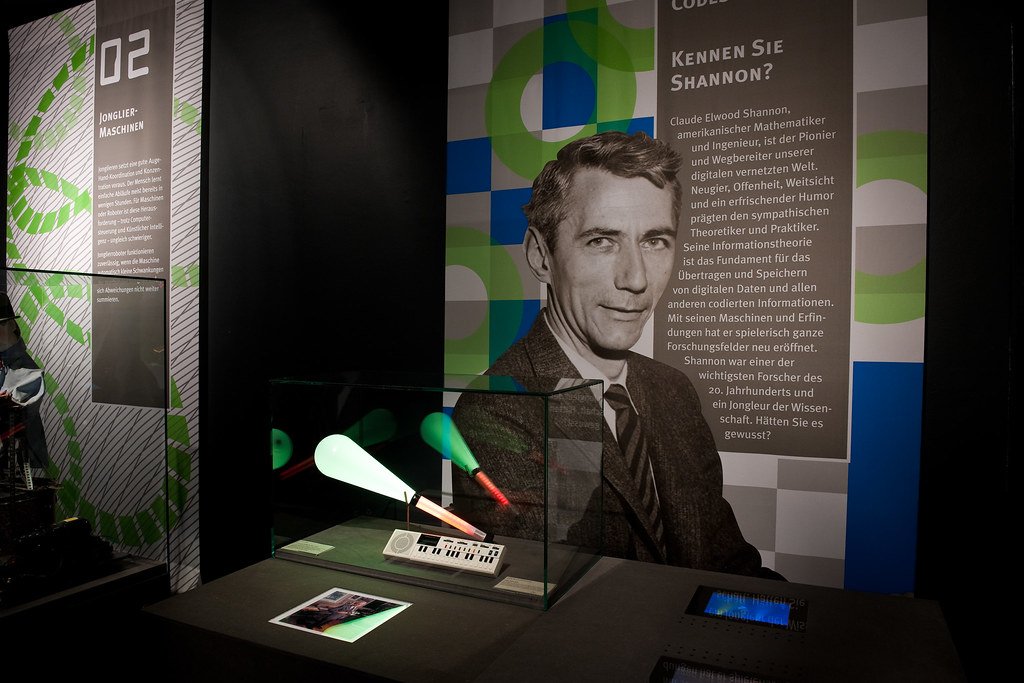
Claude Shannon, known as the “father of information theory,” gave AI a crucial foundation. His groundbreaking work in the 1940s and 50s revealed how information could be measured, transmitted, and manipulated with mathematical precision. Shannon’s ideas about binary logic—the language of ones and zeros—became the heartbeat of modern computers and, by extension, intelligent machines. He also built some of the earliest mechanical learning devices, including a maze-solving mouse. Shannon’s playful spirit and deep insights made him a bridge between abstract theory and practical engineering, forever influencing how AI “thinks” and communicates.
Nathaniel Rochester: The IBM Pioneer with a Vision for Thinking Machines
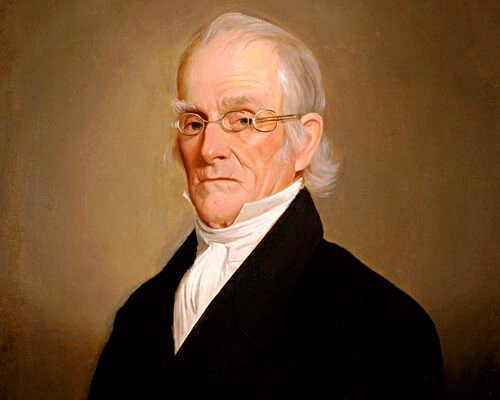
Nathaniel Rochester was a key figure in bringing AI concepts into the world of practical computing. As an engineer at IBM, he wrote the world’s first AI program in 1956 and was instrumental in organizing the Dartmouth Conference. Rochester championed the idea that computers could be more than number crunchers—they could be creative, adaptive, and even “curious.” He helped design the IBM 701, one of the earliest commercial computers, and pushed for machines that could learn from experience. Rochester’s blend of hands-on engineering and futuristic thinking helped transform AI from a dream into a discipline.
Frank Rosenblatt: The Perceptron and the Birth of Neural Networks
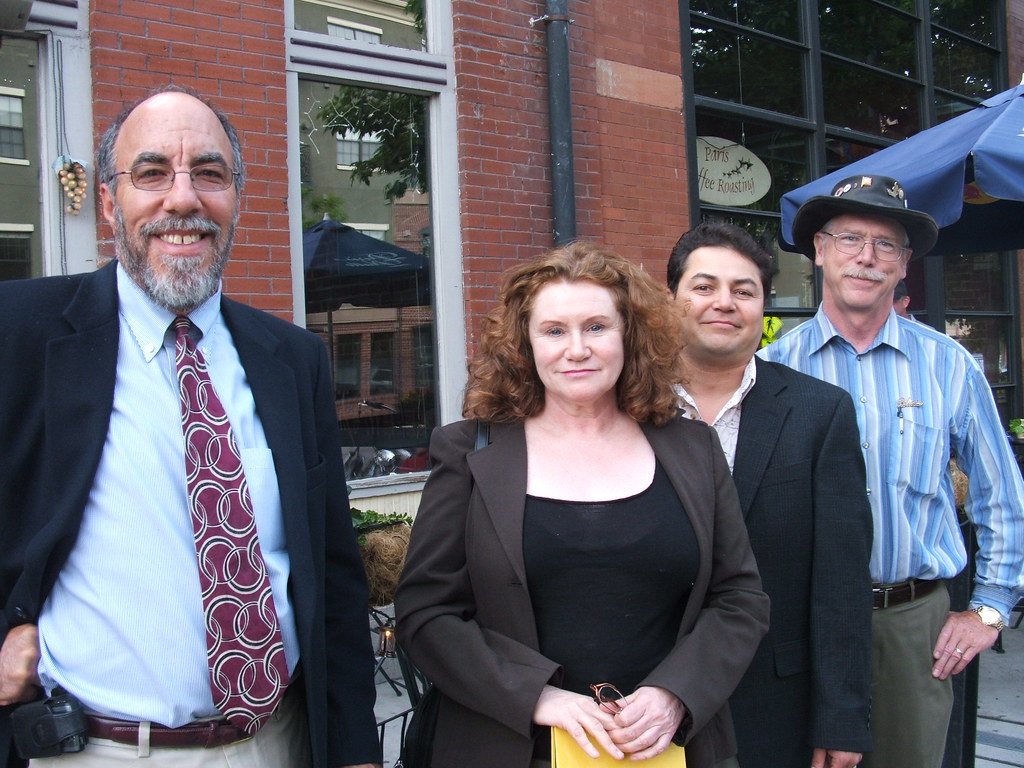
Frank Rosenblatt’s invention of the perceptron in 1957 sparked a wave of excitement about machine learning. The perceptron was a simple, brain-inspired system that could recognize patterns, such as distinguishing between different shapes. Rosenblatt believed that, with enough connections, perceptrons could achieve human-like capabilities. While early limitations cooled the initial hype, his work laid the groundwork for modern neural networks—the technology behind today’s AI breakthroughs in speech, vision, and language. Rosenblatt’s vision lives on in every smartphone camera that recognizes a face or virtual assistant that understands a voice.
Norbert Wiener: The Father of Cybernetics and Feedback Systems
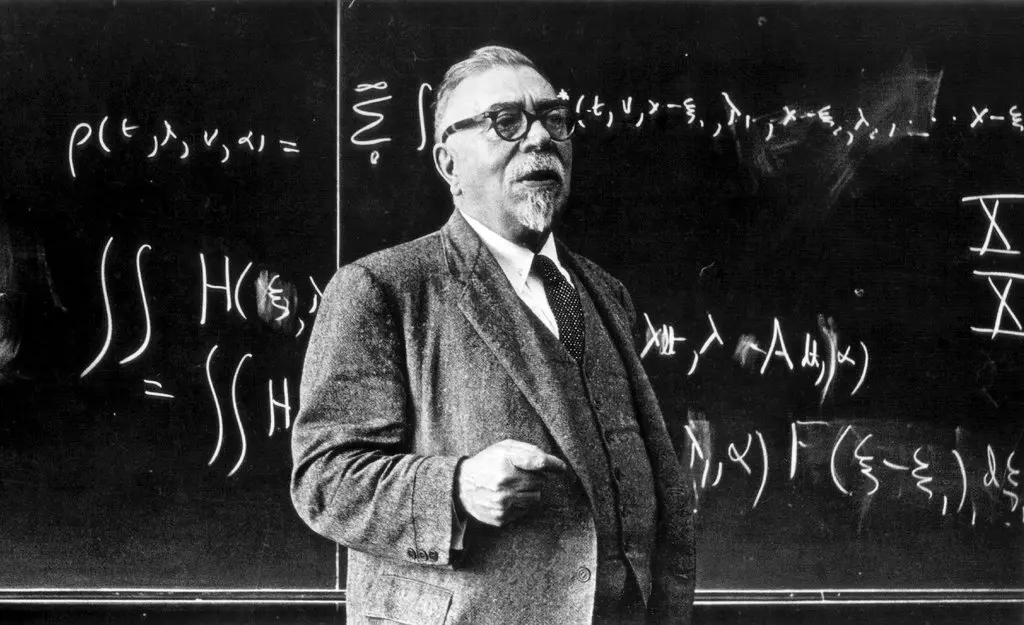
Norbert Wiener’s ideas about feedback and control revolutionized how scientists thought about intelligent behavior. In his 1948 book “Cybernetics,” Wiener described systems—whether mechanical, biological, or electronic—that adapt and learn through feedback loops. This concept of machines that can sense, act, and adjust in real time is at the heart of robotics and AI today. Wiener’s vision stretched from missile guidance to self-regulating ecosystems, highlighting the deep connections between nature and machine intelligence. His work taught the world that intelligence is not just about logic, but about learning from the environment.
Arthur Samuel: The Pioneer of Machine Learning
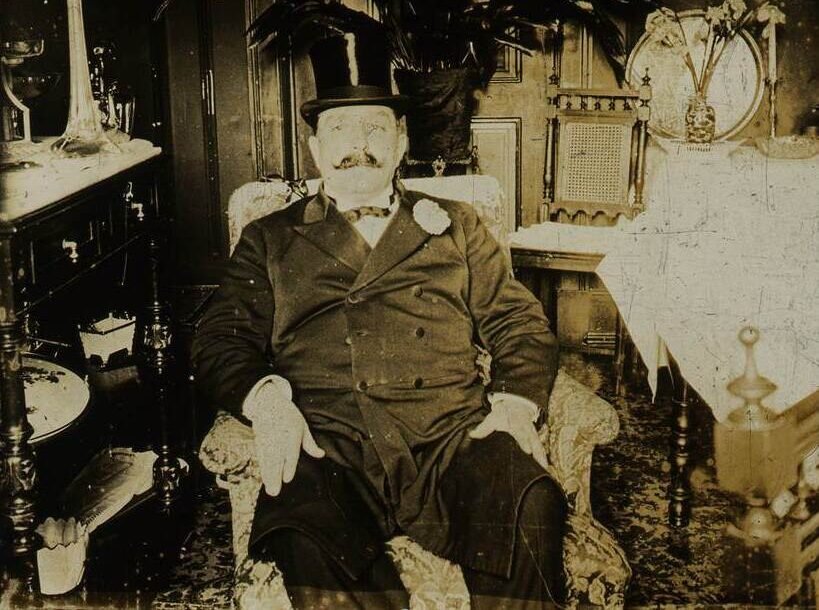
Arthur Samuel was the first to show that machines could truly “learn” from experience. In the 1950s, he created a computer program that played and mastered the game of checkers, improving over time by playing against itself and learning from its mistakes. Samuel coined the term “machine learning,” now one of the most exciting areas in AI. His work proved that computers didn’t have to be programmed for every possible scenario—they could discover new strategies on their own. Samuel’s checkers program was a glimpse into a future where machines could become experts, not by rote instruction, but by exploration and adaptation.
Geoffrey Hinton: The Godfather of Deep Learning
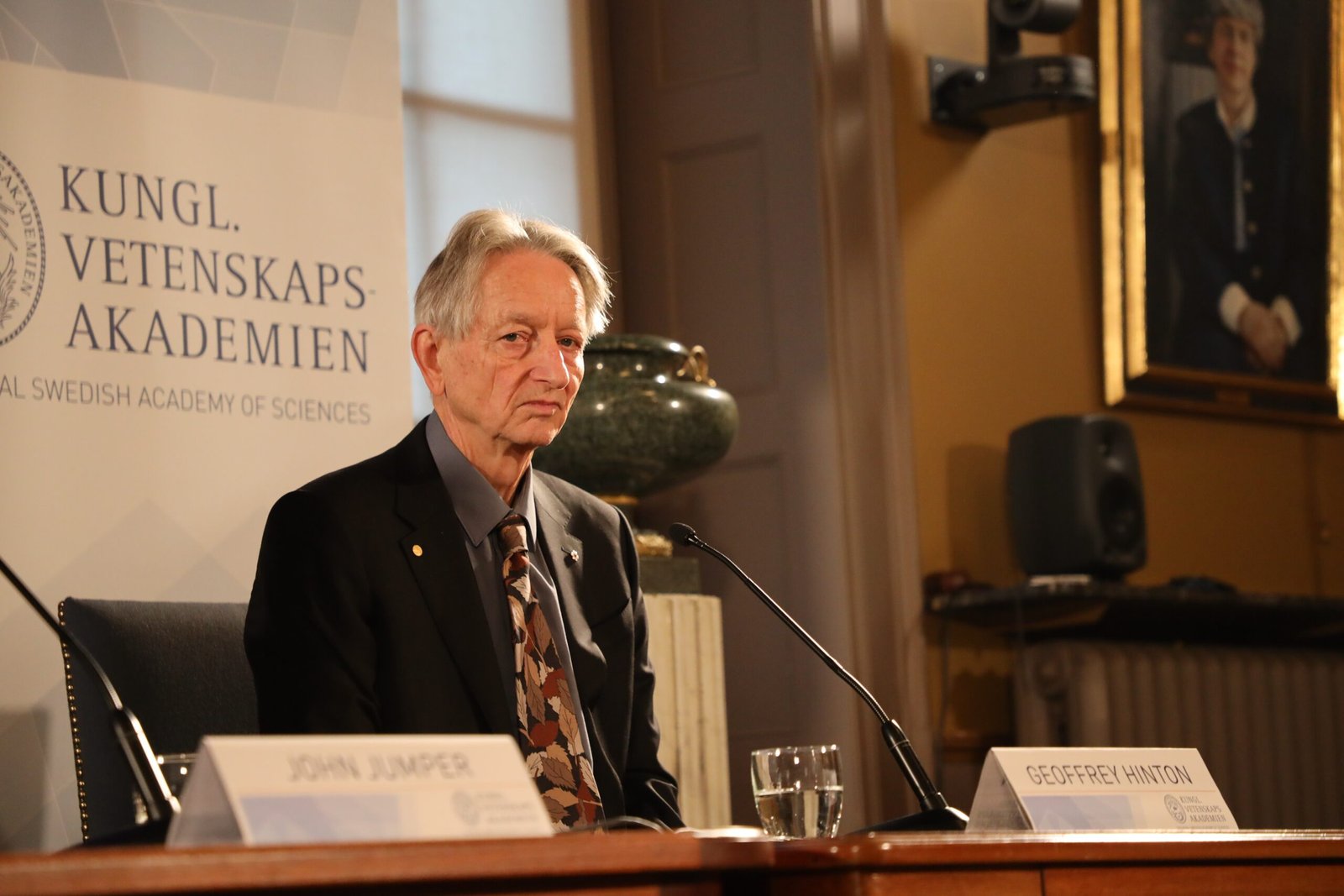
Geoffrey Hinton’s work in the 1980s and beyond brought neural networks back to life after decades in the shadows. Hinton believed that by mimicking the brain’s layered structure, computers could learn to see, listen, and understand in ways never before possible. His breakthroughs in deep learning, particularly with “backpropagation,” unleashed a wave of innovation, from self-driving cars to powerful language models. Hinton’s persistence and creativity inspired a new generation of AI researchers, proving that the biggest leaps often come from reimagining old ideas with fresh eyes and faster computers.
Judea Pearl: The Architect of Causal Reasoning in AI
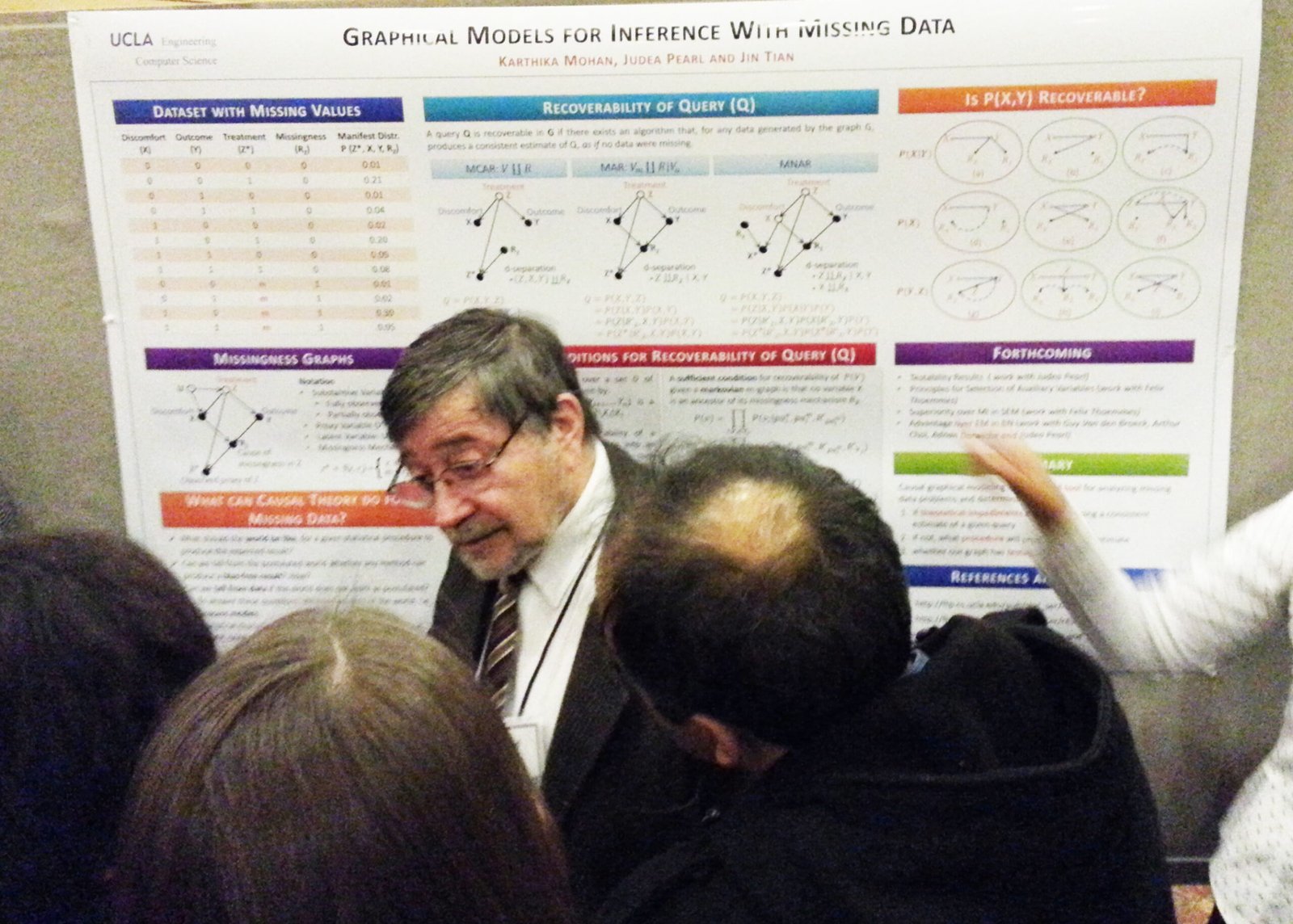
Judea Pearl transformed AI by teaching machines to understand cause and effect, not just patterns. His work on Bayesian networks in the 1980s gave AI the ability to reason about uncertainty, make predictions, and even explain its decisions. Pearl’s breakthroughs are at the core of modern systems that diagnose diseases, recommend movies, and analyze complex data. By showing that machines could grasp “why” things happen, not just “what” happens, Pearl paved the way for AI that can collaborate with humans, solve mysteries, and make sense of a messy world.
Yoshua Bengio and Yann LeCun: Champions of Modern AI

Yoshua Bengio and Yann LeCun, along with Hinton, are often called the “deep learning trio.” Bengio pioneered techniques for training multilayer neural networks, while LeCun developed convolutional neural networks that power image recognition in everything from social media to medical diagnostics. Their relentless pursuit of better algorithms and their willingness to challenge conventional wisdom have made deep learning the driving force behind today’s AI revolution. These scientists continue to push boundaries, believing that machines can become ever more perceptive, creative, and helpful to society.
The Ongoing Legacy: How the Founders Inspire Today’s AI
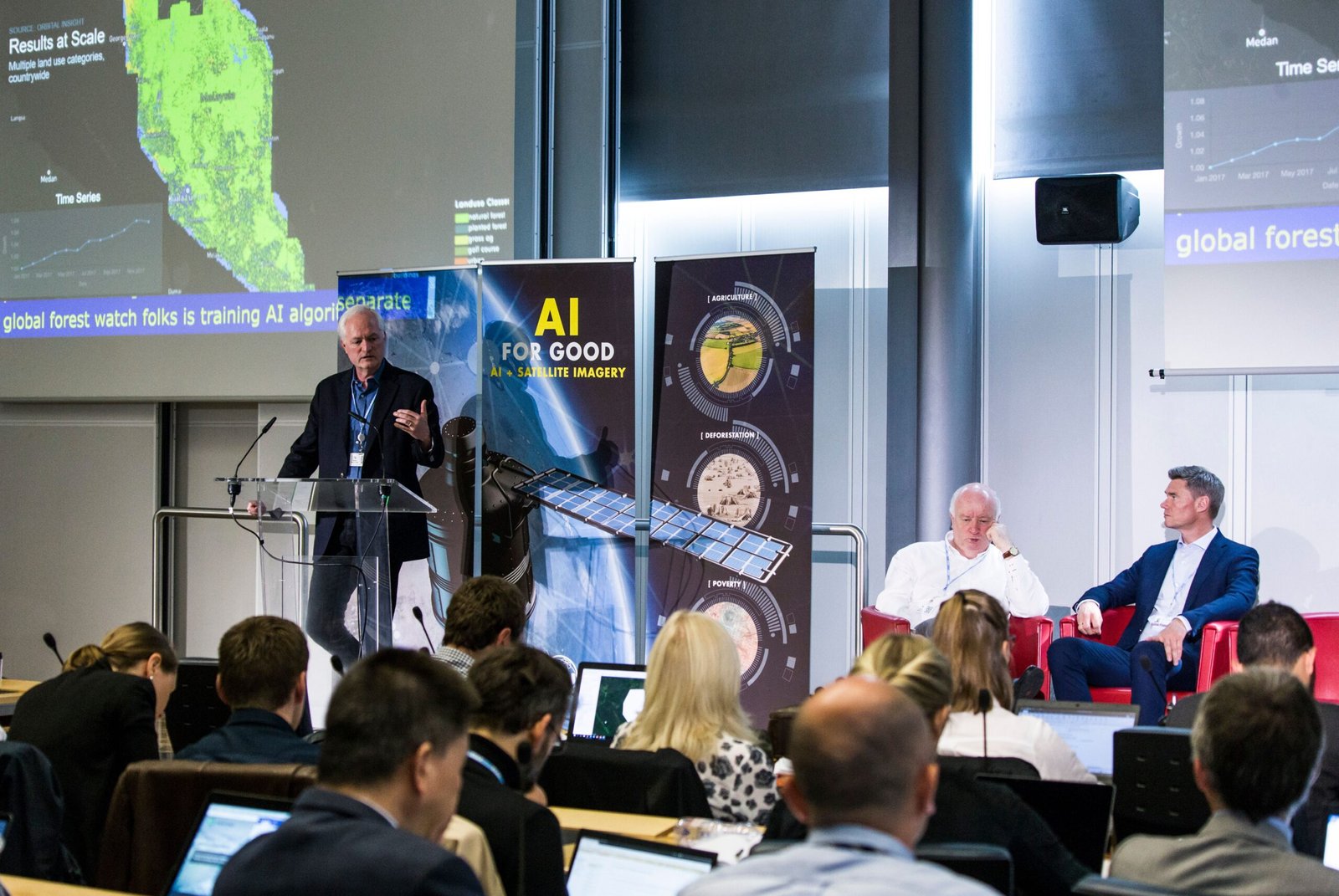
The founding fathers of AI did more than spark a technological revolution—they showed the world that intelligence, creativity, and curiosity are not limited to humans. Their work continues to inspire researchers, engineers, and dreamers who are building the next generation of smart machines. From healthcare and education to art and conservation, AI is touching every corner of our lives, fueled by the daring questions and enduring optimism of its pioneers. Their legacy reminds us that, in the quest to teach machines to think, we also learn more about ourselves and the world we share.




